Restorations - campaigners call for unique rooftop playground in Sheffield to be saved
and live on Freeview channel 276
But even the Oliver Twist author might have been surprised at how new space for ‘youthful gambols’ was created for locked-out Charity School lads.
The tale begins in 1830 when wardens at Sheffield parish church - now cathedral - locked the gates, robbing youngsters of their only space to play.
Advertisement
Hide AdAdvertisement
Hide AdUp until then, some 90 pupils at the school on East Parade would ‘avail themselves’ of the church yard to burn off energy. It was the only open space around.
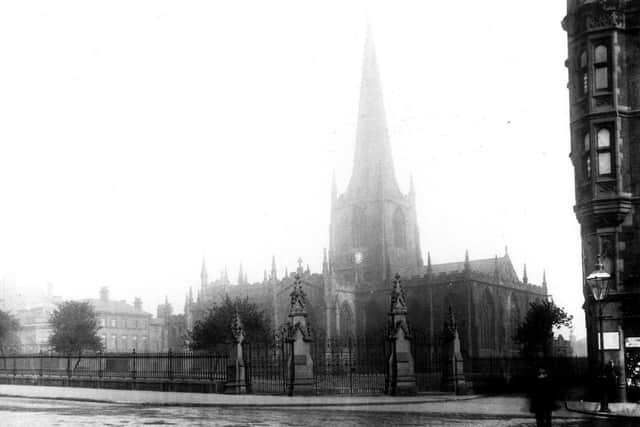

A report by Robert Eadon Leader, in Reminiscences of Old Sheffield, states: “Their great amusement used to be vaulting over the tombstones. One feat in particular was to leap ‘o'er t'alli’ - a so-called alabaster slab, but really of Derbyshire marble, forming the top of a tomb near the vestry door.”
In the end it seems to have got out of hand and vicar Thomas Sutton ordered the gates to be locked. At that time there were railings all around the church yard and there was no other way in.
Robin Hughes, of Hallamshire Historic Buildings, said: “There was open space, some gravestones and some elaborate tombs. There were things to run around and hide behind, this was before slides and swings.
Advertisement
Hide AdAdvertisement
Hide Ad“But there were not just a few lads in one corner, there were quite a lot from other places. There was a lack of playgrounds and public spaces, they had quite a constrained existence.
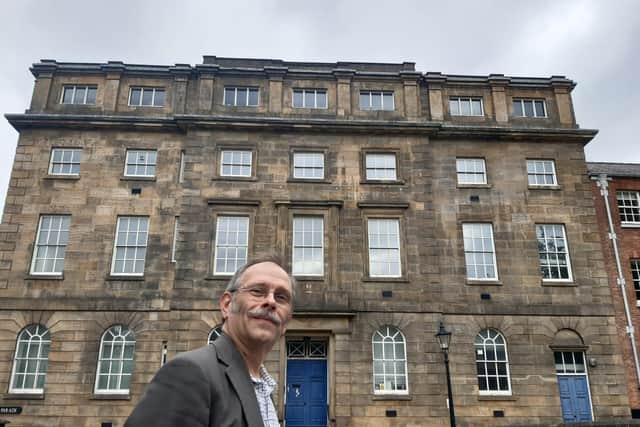

“There is no evidence Thomas Sutton didn’t like children. Maybe it was something that just couldn’t be controlled.”
But even back then, people knew the importance of exercise, especially for youngsters.
An account in White’s directory of 1833 refers to this ‘privation which can be of no benefit to the cemetery, but is a serious injury to the 90 boys whom it has robbed of the only proper place for that exercise in the open air, which is necessary for the preservation of their health’.
Advertisement
Hide AdAdvertisement
Hide AdThe story has a not unhappy ending thanks to Sheffield silversmith and philanthropist Samuel Roberts.
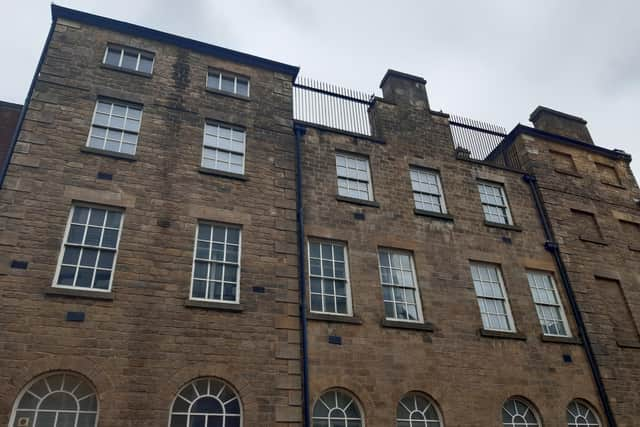

He paid for a ‘lofty open gallery of cast and wrought iron’ 50ft up on the roof of the school. It was built between two wings at the rear of the building, directly over a big drop. In 1850, the space was filled in up to the roof but the flat space and railings remain and can still be seen from York Street and Campo Lane today.
Mr Hughes added: “Samuel Roberts was an extremely influential citizen, prominent in the anti-slavery movement, a campaigner against the Poor Law, and with a great concern for the education of the poor.
“The playground that he created in 1830 was considerably ahead of its time, and even after having apparently been modified in the 1850s, is the earliest example that I can find of a rooftop school playground anywhere in the country. This is something important to Sheffield’s history.”
Advertisement
Hide AdAdvertisement
Hide AdHe added: “I can find 10 examples of listed buildings where rooftop playgrounds are mentioned. But even as modified, 14 East Parade pre-dates all others by at least a decade, making it the earliest known in the country. Its 1830s origins make it uniquely ahead of its time.”
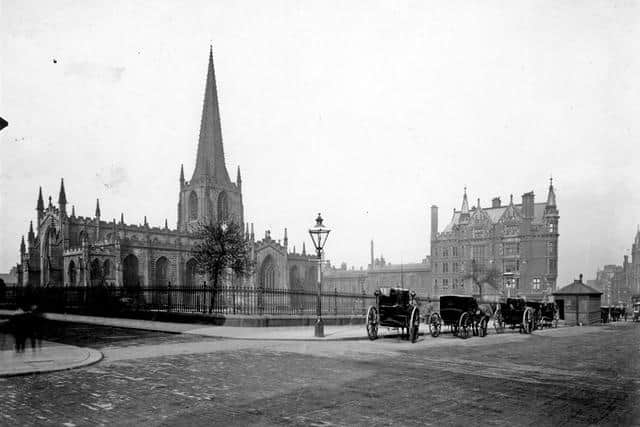

Records show expenses of £484 for the iron deck and other things - a considerable sum in its day.
Mr Hughes added: “I think it tells us that nothing changes. Even today people grumble about kids playing - but others see it has really important health and wellbeing benefits.
“Pounds Park in Heart of the City 2 will be a modern play area. But these are not new ideas, they connect us with the early 19th century. People thinking and reacting in many of the same ways we do.”
Advertisement
Hide AdAdvertisement
Hide AdThe handsome Georgian building at 14 East Parade is Grade II listed. It was erected in 1825-26 as a boys charitable/bluecoat school, replacing one on the site dating back to 1710. The school use had ceased by 1954 when the building was separated into offices. It was latterly the Industrial Tribunals office but is now empty.
But there’s a twist.
Plans have been submitted by Pinebridge Estates in Manchester to convert it into a 17-unit ‘aparthotel’ - with one unit occupying the rooftop playground.
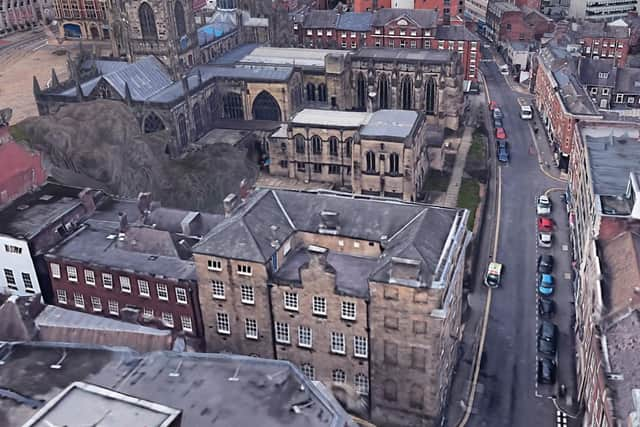

Hallamshire Historic Buildings is objecting due to its uniqueness and historical importance, even if it is 50ft up and almost no one knows about it.
It states: ‘Importance of setting is not limited to visual considerations, and that understanding of a historic relationship amplifies the experience of the asset. There is no requirement for there to be public access or visibility at all’.
Advertisement
Hide AdAdvertisement
Hide AdMr Hughes said written records were important but preservation keeps the story alive.
He added: “There’s always some way with a bit of imagination. The project would lose one its apartments, I don’t think it would be fatal.”
The planning application states the primary objectives are to secure the future of a historic asset by giving it a new use following up to four years of vacancy, retain the essential historic character of the building, improve accessibility, enhance the sustainability credentials of the building, and provide a high-quality refurbishment using high-quality materials.
Agent, Manchester architect Purcell, was approached for comment.
Advertisement
Hide AdAdvertisement
Hide AdThe application is set to be decided by Sheffield City Council by October.
Local journalism holds the powerful to account and gives people a voice. Please take out a digital subscription or buy a paper.
Thank you. Nancy Fielder, editor.
Comment Guidelines
National World encourages reader discussion on our stories. User feedback, insights and back-and-forth exchanges add a rich layer of context to reporting. Please review our Community Guidelines before commenting.